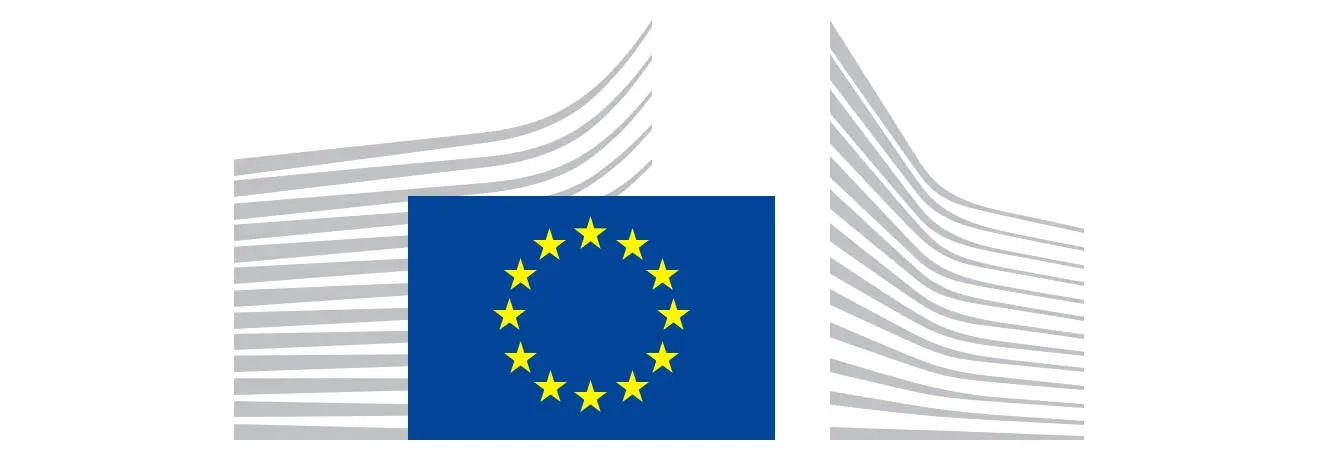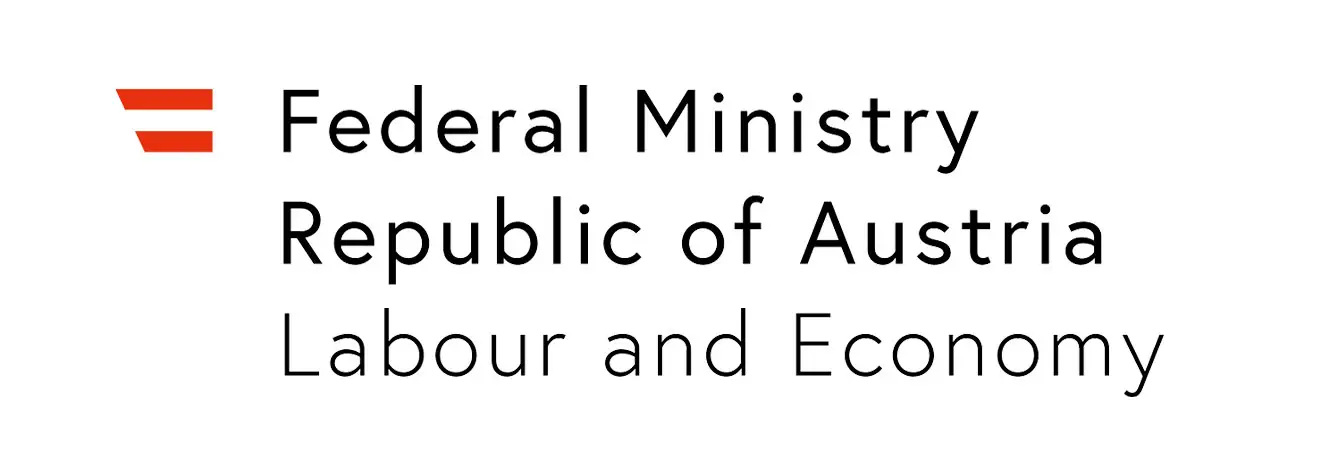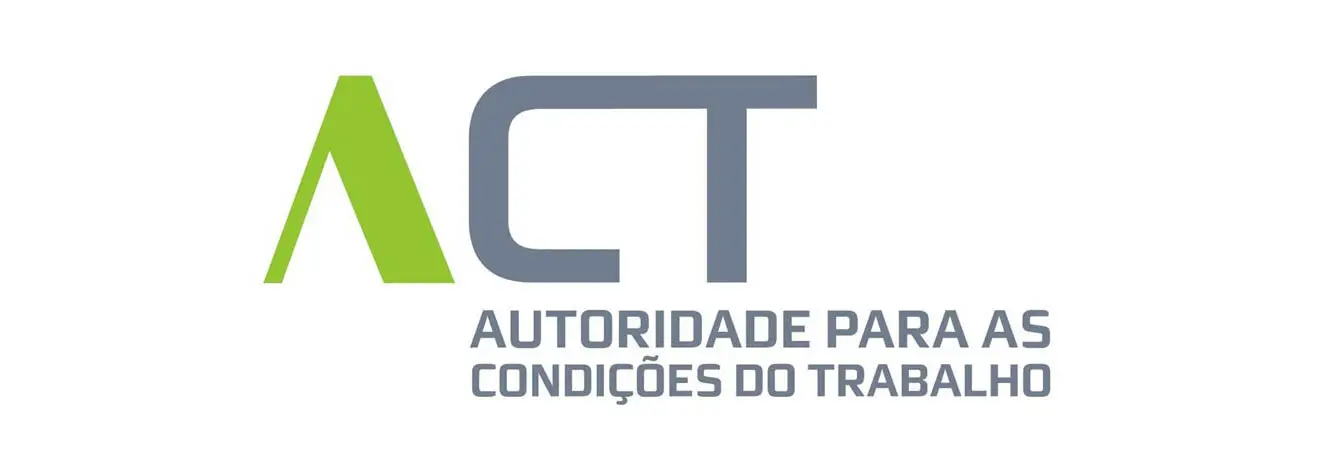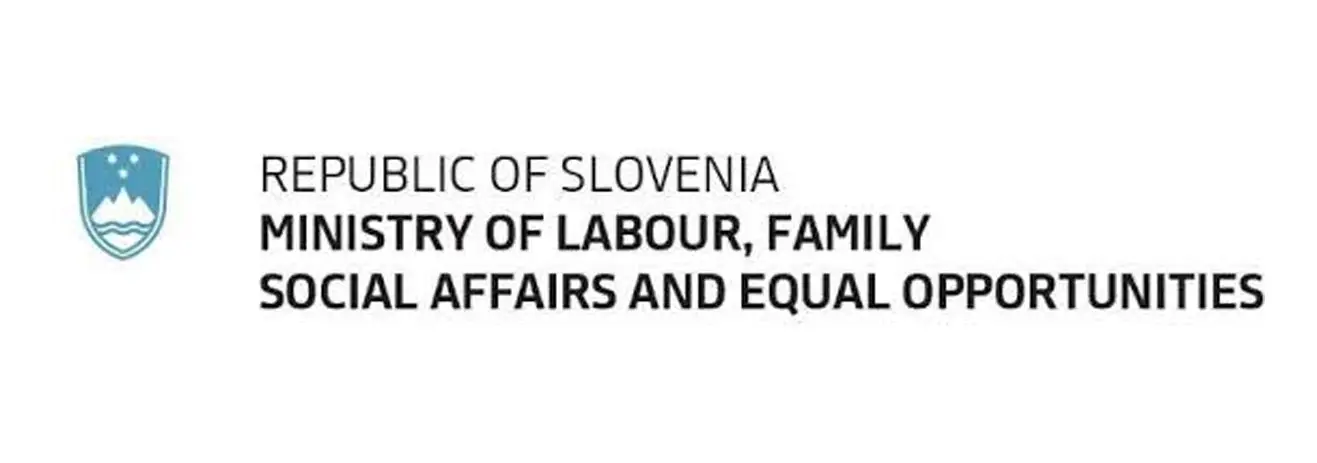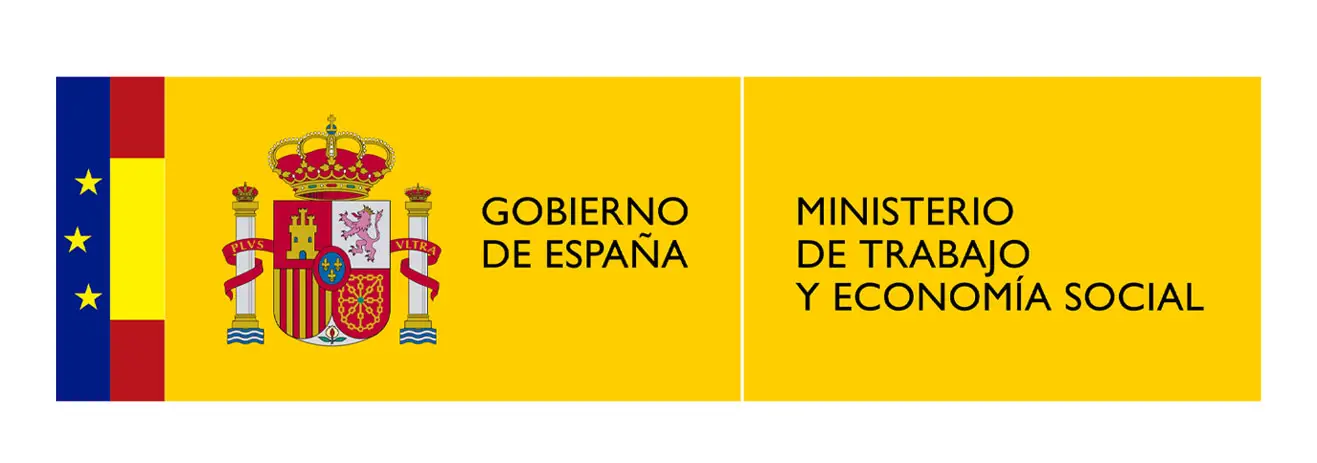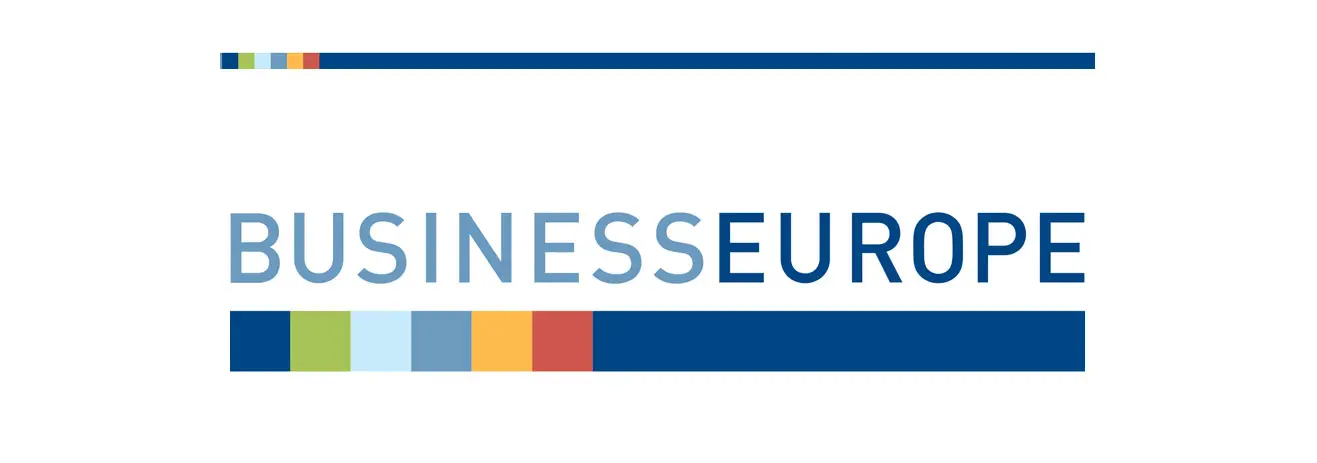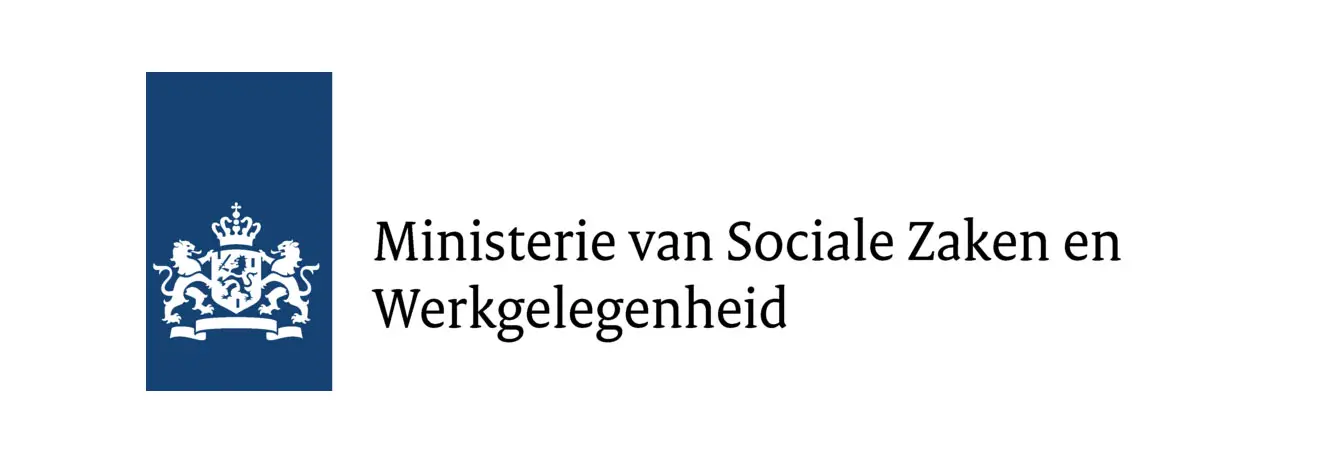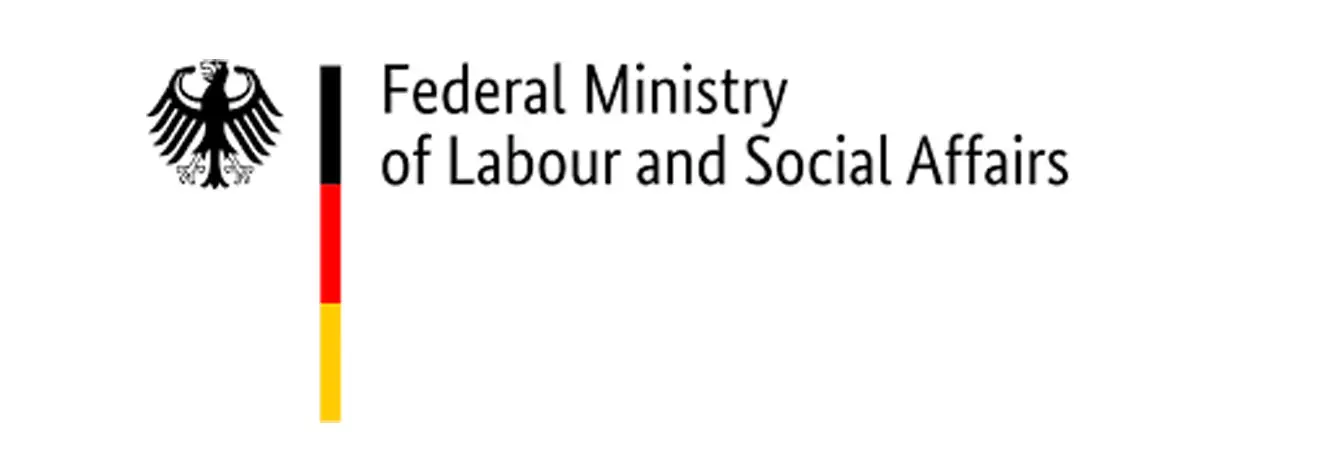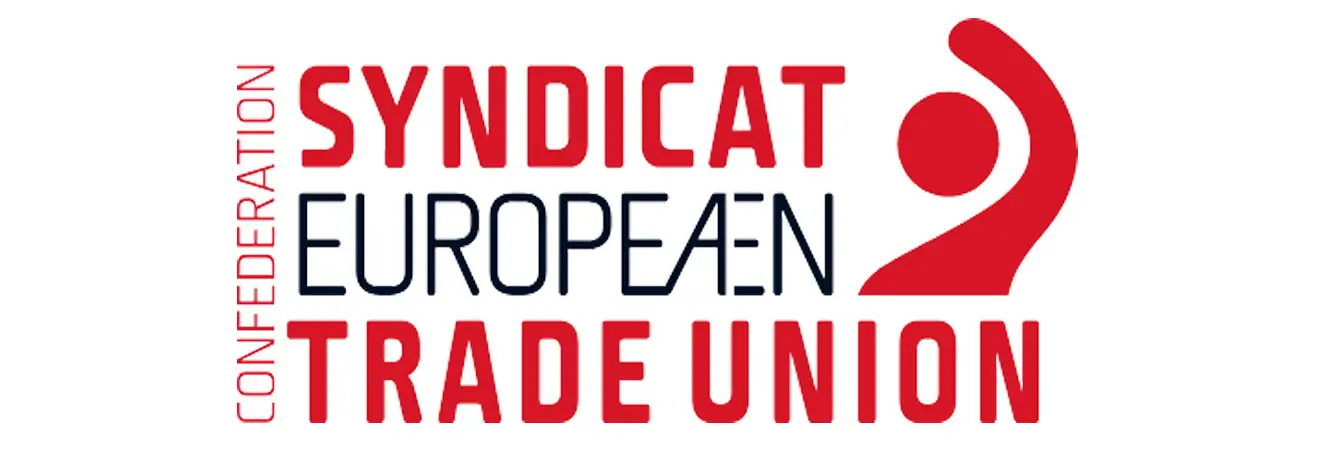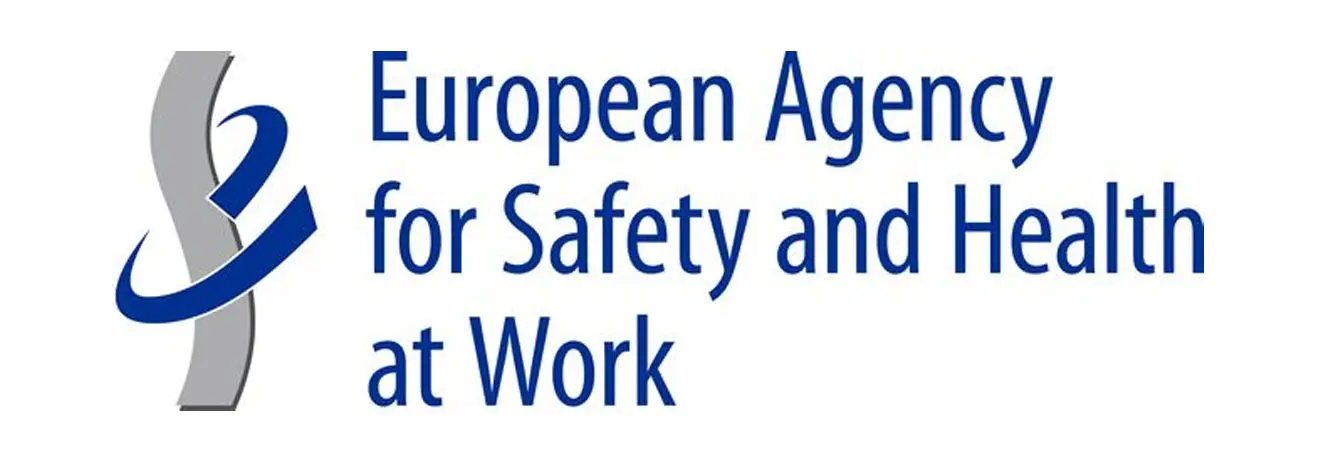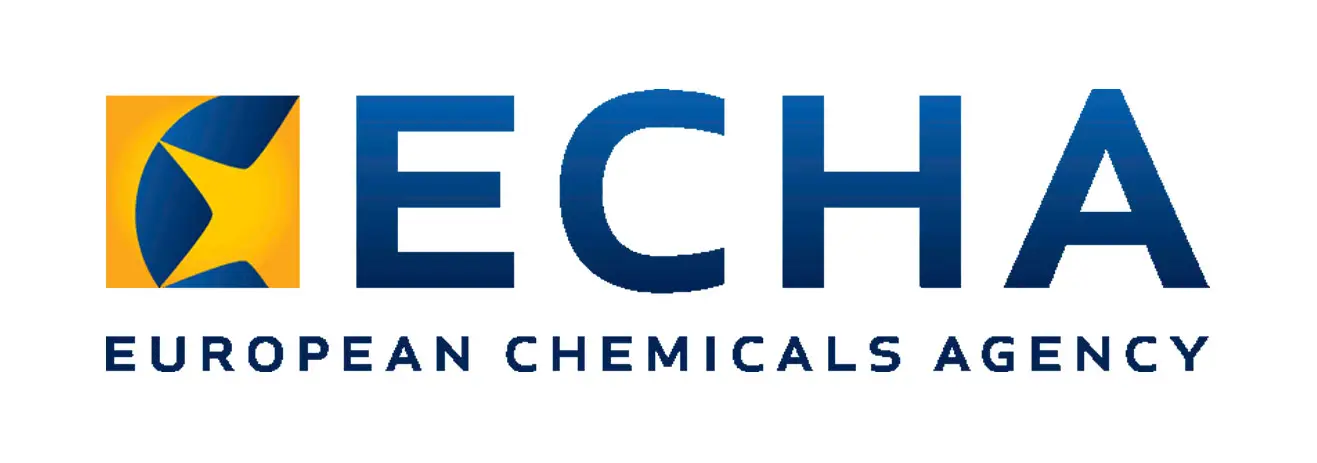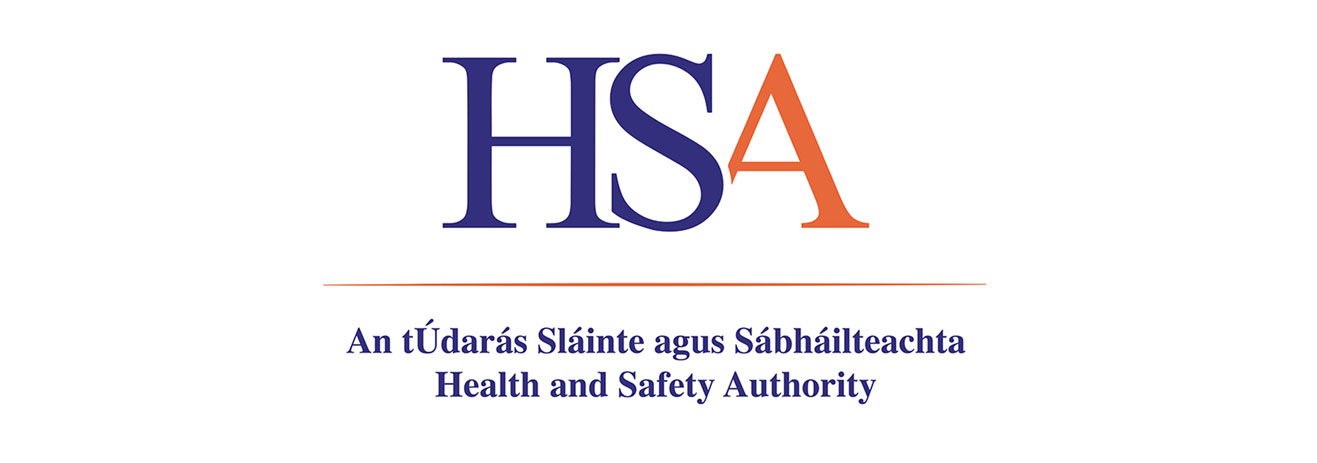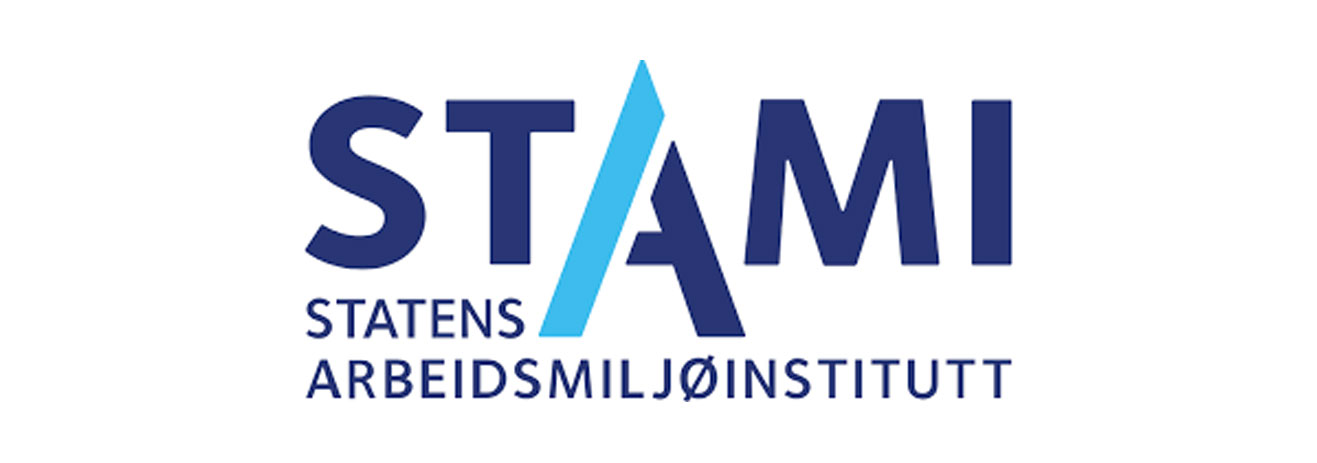Construction workers involved in the manufacture of articles made from concrete, plaster, and cement face a variety of occupational hazards. These hazards arise due to the nature of the Dust and Particulate Matter from cement, plaster, and concrete dust can be inhaled, leading to respiratory issues such as silicosis, chronic bronchitis, and other lung diseases as well as lung cancer. Fumes and vapors from additives and other chemical agents used or emitted (Benzene, Trichloroethylene) in the manufacturing process can also pose respiratory risks. Wet concrete and plaster are highly alkaline and can cause severe skin irritation or chemical burns upon contact.
Cutting, grinding, or drilling concrete releases silica dust (Respirable crystalline silica (RCS), which is a known carcinogen and can cause lung cancer and other serious respiratory diseases. Conducting a thorough risk assessments before starting any job to identify potential hazards is of utmost importance. Ensuring adequate ventilation in enclosed spaces to reduce dust and fume concentrations.
Using water sprays or dust extraction systems to minimize airborne dust. Regular training on safe handling of materials, machinery operation, and hazard recognition is recommended. To monitor respiratory health and detect any early signs of occupational illnesses. To protect against inhalation of dust and fumes, respirators and dust mask might be required as well as wearing cloves and protective clothing to prevent skin contact with wet cement and chemicals. By implementing these measures, the occupational hazards faced by road builders in the manufacture of concrete, plaster, and cement articles can be significantly reduced, ensuring a safer working environment.
